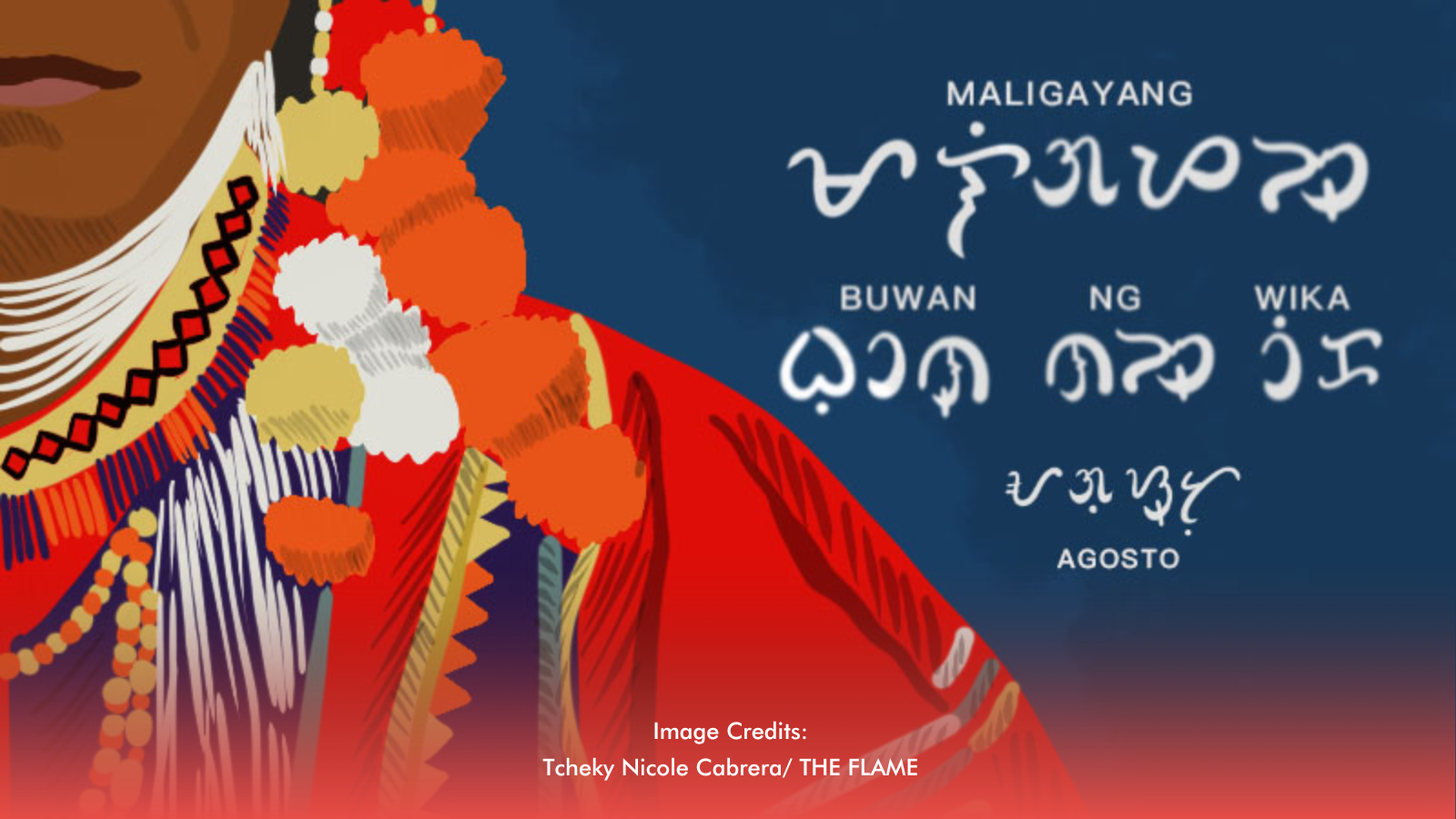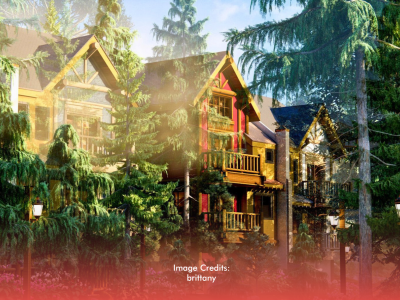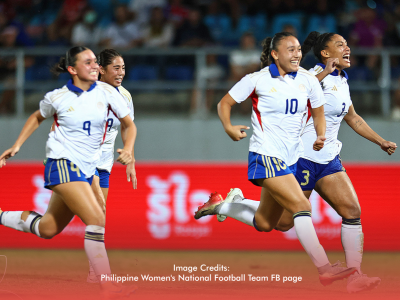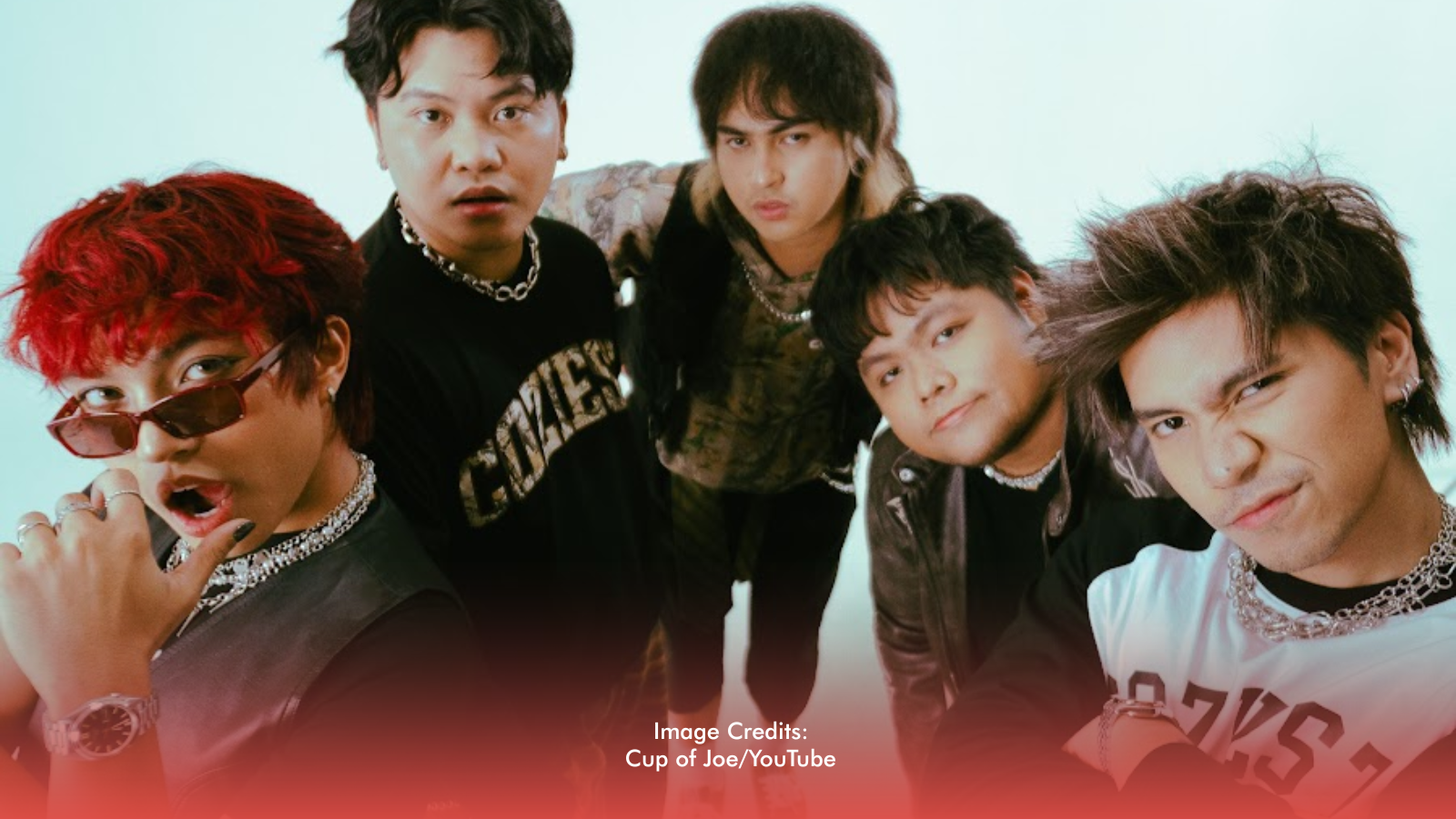Have you ever stopped to wonder why our national language is called ”Filipino”, a name that sounds more Spanish than native? It's not just a random label. The name goes all the way back to the 1500s, when Spanish colonizers named our islands Las Islas Filipinas after King Philip II of Spain. Over time, as we fought for our identity and independence, Filipino—once a colonial term—became something more: not just what we call ourselves, but also what we call our language.
It’s Not Just Tagalog; It’s Bigger Than That
Many people still think Filipino is just another name for Tagalog. But that’s only part of the story. In 1937, President Manuel L. Quezon chose Tagalog as the foundation for the national language because it was widely spoken and had a rich literary history. Fast forward to 1987, and the Constitution officially declared Filipino as the national language, not as a replacement for Tagalog, but as a broader, evolving language meant to include words and expressions from all over the Philippines, from Cebuano to Ilocano, and even borrowed terms from English and Spanish.
A Language That Tells Our Story
Filipino isn’t just a list of grammar rules; it’s a reflection of who we are. The name may have come from a foreign king, but today, it speaks of unity, resilience, and identity. It’s a reminder that language is more than just words—it’s history, culture, and people.
Despite debates about what Filipino should include or how it should sound, one thing is clear: it continues to grow, adapt, and carry the voices of millions of Filipinos across the nation and the world.
So this Buwan ng Wika, when you speak Filipino, know that you’re doing more than reciting words. You’re keeping alive a language shaped by the past, reclaimed by the present, and still being written by you.








